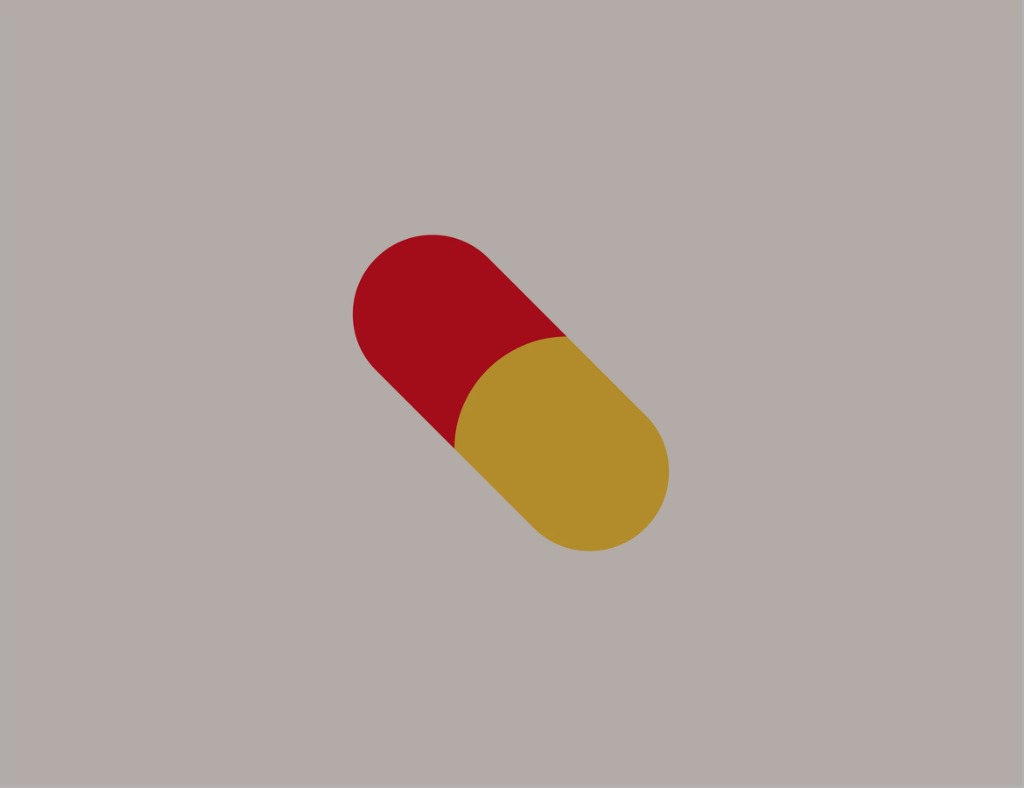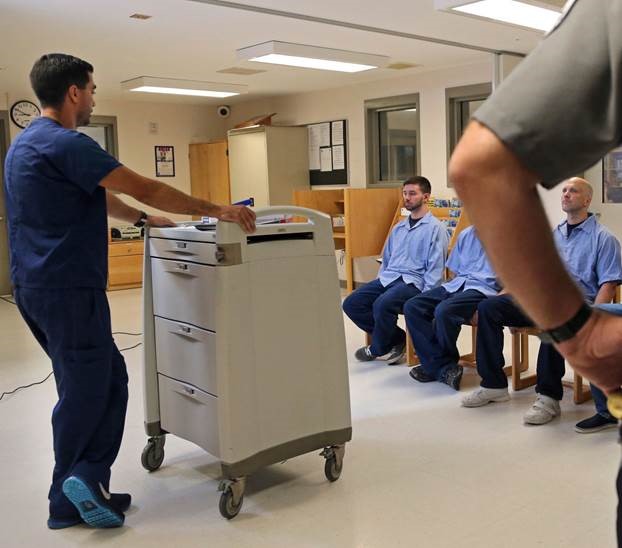Model Substance Use Disorder Treatment in Emergency Settings Act
The purpose of the Model Substance Use Disorder Treatment In Emergency Settings Act (Act) is to establish and align mechanisms for maximizing emergency medical settings as intervention points for people who experience a substance use-related emergency, people with substance use disorders, and their families. This Act intends to do so by addressing the barriers to implementing protocols in emergency medical settings that would ensure evidence-based treatment of patients with substance use-related emergencies....










